What Is Plum Pox: Learn About The Control Of Plum Pox Disease


Plums and their relatives have long been troubled by various diseases and pests, but it wasn't until 1999 that the plum pox virus was identified in North American Prunus species. Control of plum pox disease has been a long process in Europe, where it appeared in 1915. The battle has only just begun in American orchards and nurseries, where aphids transmit this disease between closely spaced plants.
What is Plum Pox?
Plum pox is a virus in the genus Potyvirus, which includes several commonly known mosaic viruses that infect garden vegetables. It is generally only transmitted over short distances, since it remains viable for just a few minutes inside the aphids that transmit the virus, such as green peach and spirea aphids.
Aphids spread plum pox virus when they probe infected plant leaves for potential food sources but move from the plant instead of settling down to feed. This may result in multiple infection sites in a single tree, or a spreading infection in trees that are planted closely together.
Plum pox is also frequently spread through grafting. When plants affected by plum pox, including cherries, almonds, peaches, and plums, are initially infected with plum pox virus, symptoms may be hidden for three years or more. During this time, the quietly infected trees may be used for creating multiple grafts, spreading the virus far and wide.
Treating Plum Pox
Once a tree is infected with plum pox, there is no way to treat it. That tree, and any nearby, should be removed to stop the spread of the virus. Symptoms are often delayed, but even when they appear, they are sporadic, making diagnosis difficult. Look for discolored rings on leaves and fruits, or color breaking on flowers of ornamental peaches, plums, and other Prunus species.
Unless you live in a plum pox virus quarantine area, including parts of Ontario, Canada, Pennsylvania, and Michigan, your sick Prunus species is unlikely to be affected by this specific virus. However, controlling aphids on all plants is generally good practice, since their feeding can transmit other illnesses and cause the general decline of infested landscaping.
When aphids are detected, knocking them from plants with a garden hose every few days or treating affected trees weekly with neem oil or insecticidal soaps will keep their numbers low. Once knocked back, beneficial insects can move in and provide regular control, as long as you refrain from using broad-spectrum pesticides nearby.
Gardening tips, videos, info and more delivered right to your inbox!
Sign up for the Gardening Know How newsletter today and receive a free copy of our e-book "How to Grow Delicious Tomatoes".

Kristi Waterworth was a regular contributor to Gardening Know How for many years, answering countless queries on plant pests and diseases.
-
 Best Indeterminate Tomatoes: Flavor-Packed Varieties For Fresh Harvests All Summer Long
Best Indeterminate Tomatoes: Flavor-Packed Varieties For Fresh Harvests All Summer LongIndeterminate tomatoes are vining varieties that fruit all season. Discover their distinctive features and how to choose the best type to grow in your garden.
By Bonnie L. Grant
-
 The Dangers Of AI For Gardening – How To Know What’s Real When It Comes To Your Garden
The Dangers Of AI For Gardening – How To Know What’s Real When It Comes To Your GardenThings aren’t always what they seem when it comes to using AI for gardening. Be discerning when relying on AI for accuracy, and take the time to do research.
By Teo Spengler
-
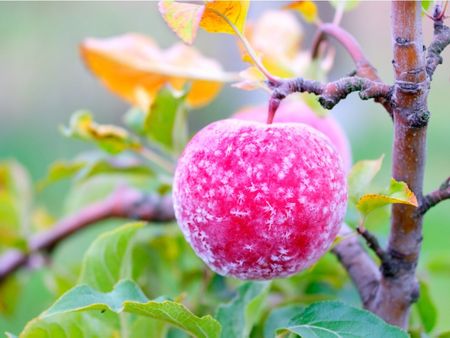 How To Protect Fruit Trees From Frost And Freeze
How To Protect Fruit Trees From Frost And FreezeChoosing fruit trees appropriate for your growing zone is best, but you still may need to protect them from extreme cold. Read how.
By Bonnie L. Grant
-
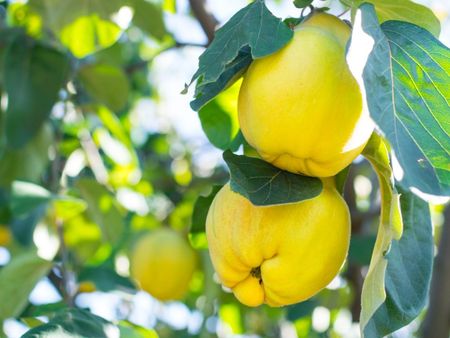 Best Plants For Late Summer and Fall Fruit Harvest
Best Plants For Late Summer and Fall Fruit HarvestEven if you don’t have the optimal conditions for more common fruit trees, there are other end of summer fruits to enjoy.
By Teo Spengler
-
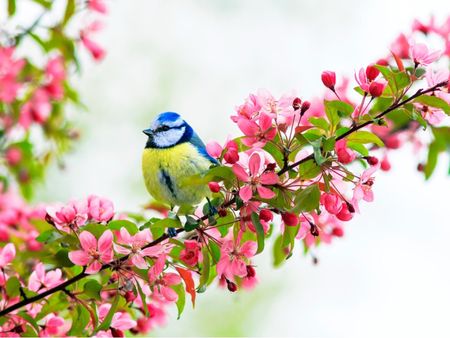 Best Native Fruit Trees To Support Wildlife
Best Native Fruit Trees To Support WildlifeIf you want trees that will attract and feed wildlife, learn the best kinds of edible fruit and nut trees to plant for inviting specific creatures.
By Teo Spengler
-
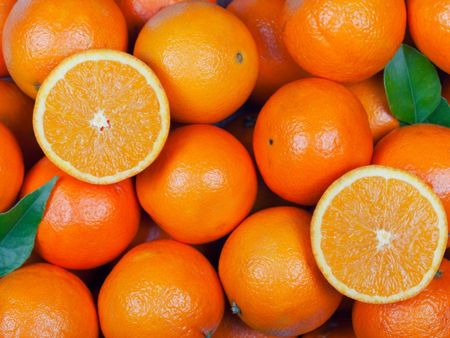 Orange Fruit Varieties: Growing Fruits That Are Orange
Orange Fruit Varieties: Growing Fruits That Are OrangeOrange colored fruit isn’t limited to the citrus orange. There are plenty of other orange colored fruit varieties, each packing a healthful punch. Read on for more.
By Amy Grant
-
 Everbearing Plants: Learn About Everbearing Varieties Of Fruit
Everbearing Plants: Learn About Everbearing Varieties Of FruitWhat does everbearing mean? And more importantly, how do everbearing varieties differ from non-everbearing types? Read on for more.
By Laura Miller
-
 Plant A Red Fruit Garden: Growing Fruits With Red Flesh
Plant A Red Fruit Garden: Growing Fruits With Red FleshPlanting a red fruit garden may seem a bit whimsical. That is, until you realize the health benefits of consuming fruits with red flesh.
By Laura Miller
-
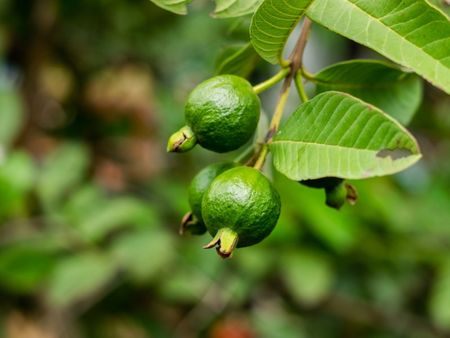 Heat Tolerant Fruits - Growing Fruit In Hot Weather
Heat Tolerant Fruits - Growing Fruit In Hot WeatherSome fruit grows in extreme heat naturally. But there are also specially cultivated, heat-tolerant varieties. For more information on heat tolerant fruits, read on.
By Teo Spengler
-
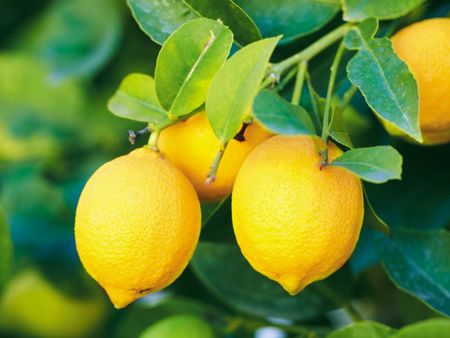 Yellow Fruit Varieties - Growing Fruit That Is Yellow
Yellow Fruit Varieties - Growing Fruit That Is YellowWhat fruit is yellow? There's more than the bananas at the supermarket. Try growing yellow fruit for a consistent supply of sunny food.
By Bonnie L. Grant